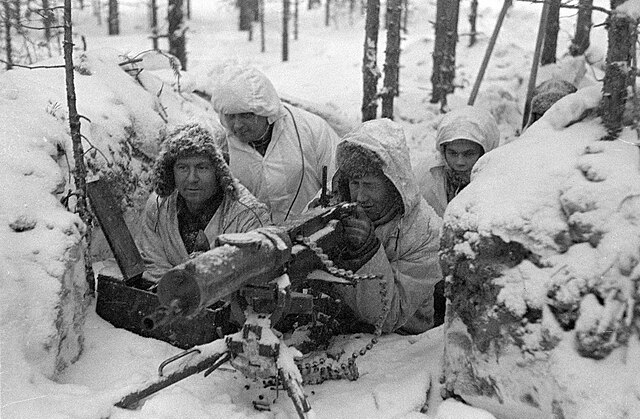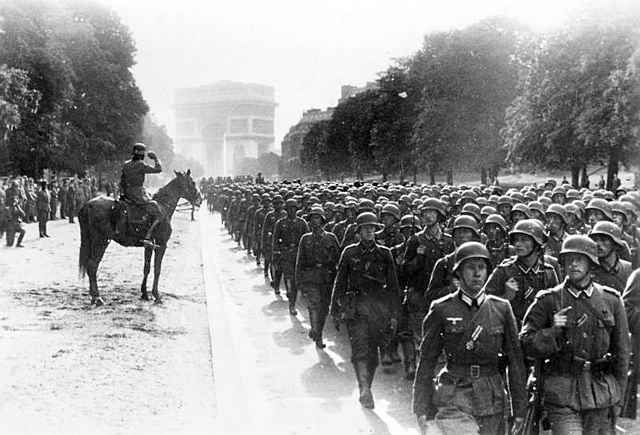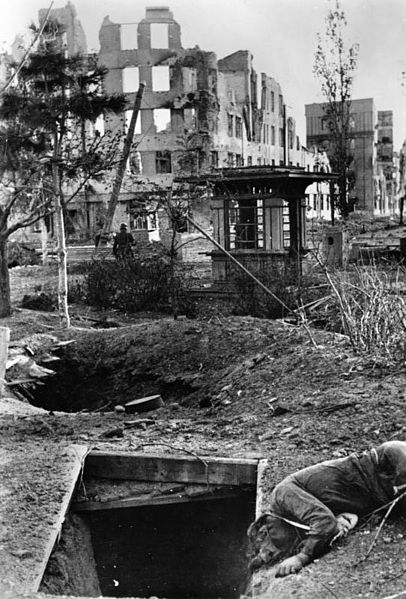European theatre of World War II
The European theatre of World War II was one of the two main theatres of combat during World War II. It saw heavy fighting across Europe for almost six years, starting with Germany's invasion of Poland on 1 September 1939 and ending with the Western Allies conquering most of Western Europe, the Soviet Union conquering most of Eastern Europe including the German capital Berlin, and Germany's unconditional surrender on 8 May 1945 although fighting continued elsewhere in Europe until 25 May. On 5 June 1945, the Berlin Declaration proclaiming the unconditional surrender of Germany to the four victorious powers was signed. The Allied powers fought the Axis powers on two major fronts, but there were other fronts varying in scale from the Italian campaign, to the Polish Campaign, as well as in a strategic bombing offensive and in the adjoining Mediterranean and Middle East theatre.

From left to right, top to bottom German Stuka dive bombers on the Eastern Front, 1943 German soldiers take position near a Sturmgeschütz III on the Eastern Front, 1942 American soldiers during the Italian campaign, 1943 Stuka flying over Stalingrad, 1942 Soviet soldier raising a flag over the Reichstag after the Battle of Berlin, 1945 Destruction in Dresden after Allied air raids, 1945
Finnish soldiers during the Winter War
German troops in Paris after the Fall of France
RAF Supermarine Spitfires, used extensively alongside the Hawker Hurricance during the Battle of Britain
Nazi Germany, officially known as the German Reich and later the Greater German Reich, is a term used to describe the German state between 1933 and 1945, when Adolf Hitler and the Nazi Party controlled the country, transforming it into a totalitarian dictatorship. The Third Reich, meaning "Third Realm" or "Third Empire", referred to the Nazi claim that Nazi Germany was the successor to the earlier Holy Roman Empire (800–1806) and German Empire (1871–1918). The Third Reich, which the Nazis referred to as the Thousand-Year Reich, ended in May 1945, after only 12 years, when the Allies defeated Germany and entered the capital, Berlin, ending World War II in Europe.
Adolf Hitler became Germany's head of state, with the title of Führer und Reichskanzler, in 1934.
Joseph Goebbels, Reich Minister of Public Enlightenment and Propaganda
German soldiers march near the Arc de Triomphe in Paris, 14 June 1940.
Death and destruction during the Battle of Stalingrad, October 1942







